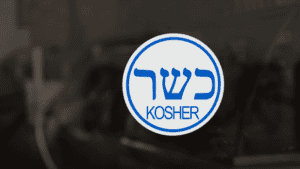Last Updated on February 28, 2025 by Packoi Team
Frustration-free packaging is a big change in how businesses think about packaging and customer satisfaction. This shift focuses on putting customers first by eliminating the annoying parts of regular packaging.
Plus, it is a response to the real challenges businesses face today. Take a look at the case of Sarah, a candle artisan:
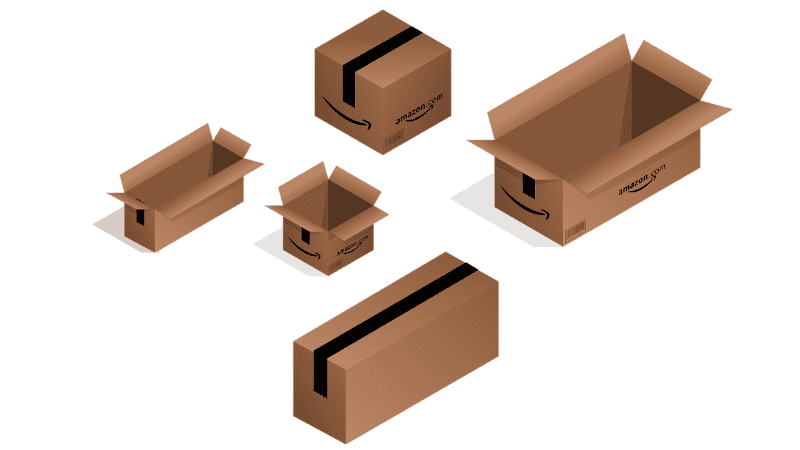
Sarah is preparing for the holiday sale. However, she is facing mounting frustration with packaging. Most of her customers complain about bubble wrap that won’t pop, plastic that clings stubbornly, and boxes that are difficult to open.
Sarah struggles to address these issues. She knows her customers’ satisfaction is at stake.
This article explores frustration-free packaging to determine whether it presents a viable solution to the packaging challenges faced by businesses like Sarah’s candle artisan venture.
What Is Amazon Frustration-Free Packaging (FFP)?
Amazon introduced FFP in 2008 as the answer to customers’ packaging issues with their packages.
What was the aim of the Amazon frustration-free packaging program?
Amazon wanted a packaging solution that was aligned with its commitment to customer satisfaction and sustainability. However, Amazon’s frustration-free packaging has expanded its scope to include applicable packaging guidelines for sellers. They’ve also imposed penalties for businesses that don’t comply.
Back in 2008, when it started, this program had just 19 items. Today, you’ll find over 7.4 million items enrolled in it. That’s how much this program has grown.
If you want to start this packaging program, you should know the following tiers to help you get the Amazon certification. I have broken them down to help you know exactly what to do.
Your product’s packing falls under this category if it ticks these boxes:
- Your product is protected during shipping (meets ISTA 6 standard).
- Meets the dimension criteria of at least 20.32 cm × 11.99 cm × 0.95 cm.
- Reduce waste. Amazon calculates this using a ratio called the Box utilization score. This shows the percentage of packaging you use for your products.
- The packaging doesn’t need an additional Amazon box.
- Your packaging is 100% recyclable.
- Customers can easily open the package without scissors or box cutters and get to the product within 2 minutes.
Key Features of the Amazon Frutation-Free Packaging Program
Here are the key aspects that make this program stand out from the others:
Ready to Get Custom Packaging for Your Business?
start with a low minimum order quantity
- Reduced packaging waste: Amazon’s frustration-free packaging programs seek to minimize excessive packing materials.
- Easy-to-open packaging: Products in this program must be easy to open without a box cutter tool or any other.
- Environmentally friendly: Amazon’s frustration-free packaging program promotes environmental sustainability by reducing packaging waste.
- Customer satisfaction: The program provides hassle-free and easy-to-open packages that enhance the unboxing experience for customers.
- Product protection: It also blends packaging waste minimization with product protection to ensure your goods are safe during shipping and handling. You may use tamper-resistant packaging to ensure the safety of your items.
Benefits of Frustration-Free Packaging
Is frustration-free packaging good for your business? The benefits below will help you decide to transition to this packaging approach.
1. Improved Customer Experience
FFP eliminates the issue of complex packaging, giving customers a smoother unboxing experience. If your customers can open their product packaging within 120 seconds without tools, they are likely to come back for more business.
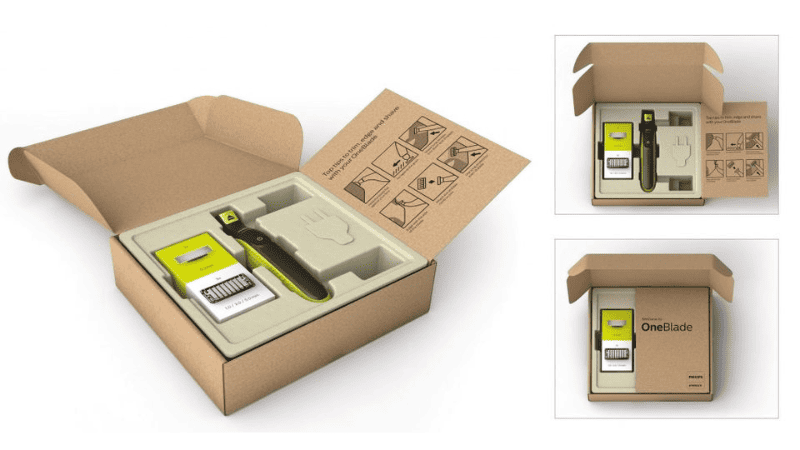
Not only that…, but they are also likely to recommend your brand to their friends, which leads to more sales.
According to Forbes, 73% of consumers consider customer experience a key factor in their purchasing decisions.
So, ensure you provide a hassle-free unboxing experience to your customers, and they’ll spread the word about your brand as they return for more.
2. Positive Brand Perception
Besides customer experience, FFP also contributes to a positive brand image. It prioritizes ease of use and convenience. This helps businesses build trust and loyalty among customers.
Shoppers prefer to purchase from businesses whose values match their own. This is a result of new research by Consumer Goods Technology (CGT).
3. Decreased Material Wastage
Frustration-free packaging is just as beneficial to the environment as it is to customers. Studies have shown that businesses that adopt frustration-free packaging practices reduce material wastage. Amazon indicates that they eliminated over 1.5M tons of material from 2015 to 2020 alone through optimized packaging solutions.
Your business should embrace packaging solutions demonstrating a commitment to environmental responsibility to tap into the growing market of environmentally conscious consumers.
A study by McKinsey & Company revealed that over 60% of customers are willing to pay more for eco-friendly products.
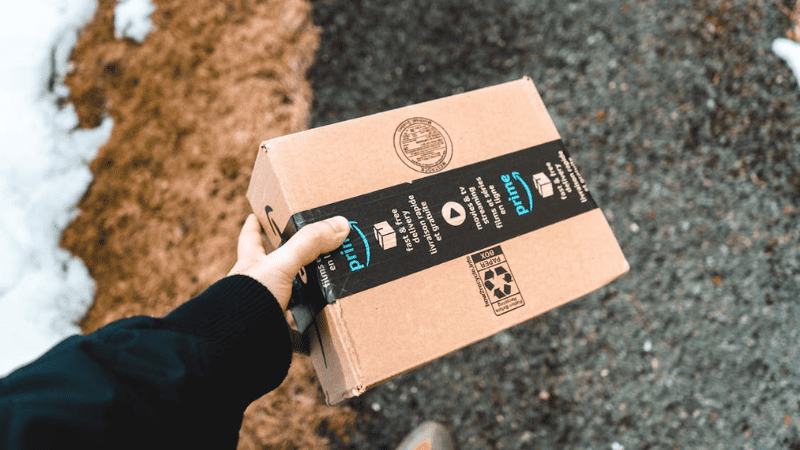
4. Reduced Packaging Costs
FFP is good for the environment and eliminates the frustration of opening product packaging. However, this Amazon-certified packaging method also helps your business save on packaging costs.
While you may spend more in designing and implementing FFP, here is how it will reduce costs:
- Fewer packaging materials: You’ll eliminate excess materials. These may be in tons, depending on the size of your business. Think about the packaging material costs saved.
- Saves on labor: FFP involves simpler packaging solutions that require less time and labor for assembly and packing. Your business can reduce associated costs this way.
- Saves on storage costs: Since FFP reduces packaging volume and size, warehouses and distribution centers will need less storage space. This will save your business on rent, utilities, and handling fees, as you won’t need a large space for your inventory.
- Lower transportation costs: Your light and more compact packaging also translates into lower shipping costs.
- Saves on return costs: Optimized packaging reduces the likelihood of product damage during transit, lowering return rates and the associated handling costs.
5. Increased Merchandising Opportunities
Hear me out: Your brand can turn packaging into a part of the product experience. For example, if your packaging doubles as a storage or display unit, customers can keep it around, prolonging their exposure to your brand. Which brand do you think will come to their minds when they want to purchase goods? Of course, the one they see daily.
The second scenario is a business genius. They’ll stand out on store shelves if you use more creative and eye-catching designs. This will attract attention from potential customers.
Ready to Get Custom Packaging for Your Business?
start with a low minimum order quantity
And if you are selling on Amazon, this may mean more opportunities to increase sales.
- The FFP logo and ASIN codes may help distinguish your products from those not FFP-certified.
- You will be eligible for Amazon Vine, where trusted reviewers can use your products and then provide a review.
- Amazon can add your products to FFP product-only listings.
Therefore, consider transitioning to FFP to reduce customer frustration and also as a marketing tool to drive more sales.
Drawbacks of Frustration-Free Packaging
Indeed, frustration-free packaging offers numerous benefits to your brand, customers, and the environment. However, this “easy-to-open packaging” approach also has a few disadvantages you should consider before deciding.
1. Reduced Protection
Unlike traditional packaging, frustration-free packaging may offer less protection for your delicate items during transit. Your products are more susceptible to damage, especially when you don’t have extra cushioning.
2. Potential for Theft
FFP may pose a security risk for your valuable items. The simplified packaging design might make accessing its content easier for unauthorized individuals.
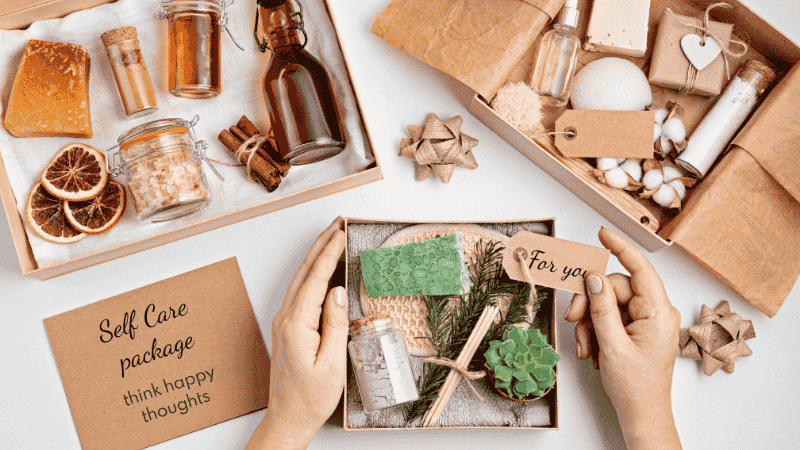
3. Limited Aesthetic Appeal
Frustration-free packaging mostly prioritizes functionality over aesthetics. This doesn’t give you the same branding opportunities as traditional packaging designs.
4. Incompatibility with Retail Displays
If your products are intended for retail shelves, get it from me: Frustration-free packaging may not align with traditional store displays. The lack of standardized packaging sizes poses a challenge in creating presentable store shelves.
5. Consumer Perception
Despite your efforts to improve user experience, some consumers may still prefer traditional packaging. This may be due to perceived quality or familiarity. You should be prepared for low sales or a negative brand reputation among certain consumer segments.
But can you resonate with all demographics? Yes, but it will require twice the effort. Let’s see why consumers may stick to standard packaging.
Difference Between Frustration-Free and Standard Packaging

The table below highlights the key differences between frustration-free and standard packaging.
| Aspect | Frustration Frustration-Free Packaging | Standard Packaging |
|---|---|---|
| Opening Experience | Easy to open without tools or excessive force | May require tools or excessive tearing |
| Packaging Materials | Minimal and Recyclable | This may include excess plastic, cardboard, etc |
| Environmental Impact | Generally more environmentally friendly | May contribute to more waste |
| Customer Convenience | Made for a quick and hassle-free experience | This may involve struggling with packaging |
| Retail Shelf Display | May have simplified graphics for easy viewing | Graphics may be elaborate and perfect for retail packaging |
| Shipping Efficiency | Can be more compact, reducing shipping costs | This may result in larger packages and shipping costs |
| Product Protection | Adequate protection for the product inside | Similar protection but may include more layers |
| Customer Satisfaction | Higher satisfaction due to ease of opening | This may lead to frustration and dissatisfaction |
| Manufacturer's Cost | May require investment in new packaging design | Traditional packaging methods may be cheaper |
Case Studies: Frustration-free Packaging Success
1. Hasbro
You might be familiar with Hasbro, the global toy and board game company. Hasbro has been a household name for decades.
Amazon pitched the idea of frustration-free packaging (FFP) to Hasbro. The multi-national toy brand adopted this packaging approach to improve the unboxing experience for its customers.
Since then, Hasbro reportedly reduced packaging material usage and shipping volume by up to 50%.
2. Lego
This toy brand has adopted frustration-free packaging, mostly for the toys they sell through Amazon, to make their packaging easy to open. When buying Lego products, customers can choose between a Lego box and other packaging boxes.
These success stories should convince you to listen to customer feedback and seek solutions to common pain points.
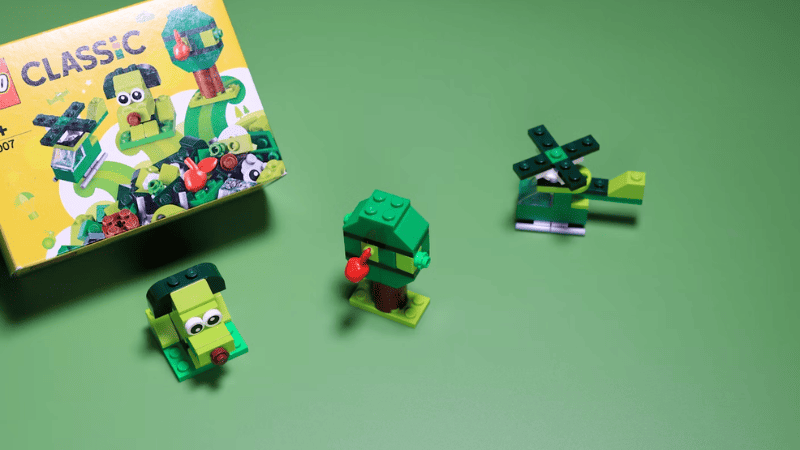
Additional Knowledge Around Frustration-Free Packaging
Amazon’s Frustration-Free Packaging (FFP) program is designed to streamline the packaging process, reduce waste, and improve the customer unboxing experience. Here’s a deeper dive into the additional knowledge around Frustration-Free Packaging:
What are the Penalties for Amazon-certified Packaging non-compliance?
Amazon enforces strict packaging compliance for sellers on its platform, with penalties for non-compliance including fines per violation, which vary based on the severity and can accumulate over time. Additionally, products with non-compliant packaging may be removed from the marketplace until the issues are resolved.
Repeated violations could lead to more severe consequences, such as the suspension of listings or the entire seller account, emphasizing the importance of adhering to Amazon’s packaging guidelines.
How do you join the Amazon Frustration-Free Program?
If you want to improve sustainability and ease of opening your product packaging, then this section is for you. Let me show you the steps to help you get started with the Amazon-certified packaging. And if you want to design tea packaging, you should learn more about it here.
Ready to Get Custom Packaging for Your Business?
start with a low minimum order quantity
The following are the steps you should follow to join Amazon FFP:
- Step 1: Review the Requirements
- Step 2: Prepare Your Packaging
- Step 3: Apply to the Program
- Step 4: Submit Samples
- Step 5: Approval Process
- Step 6: Implement Frustration-Free Packaging
- Step 7: Monitor Performance
So far, we’ve learned about Amazon’s frustration-free packaging program. Let me explain why you should consider using an FFP program.
Conclusion
In today’s fast-paced world, customers crave not only quality products but also a simple, satisfying, and sustainable unboxing experience. Frustration-Free Packaging (FFP) enhances customer satisfaction by simplifying the unboxing experience and reducing waste.
While there are challenges, such as reduced protection and potential theft risks, the benefits of improved customer experience and sustainability make it a smart choice.
Customize Your Frustration-Free Packaging With Packoi Today!
At Packoi, we understand the importance of meeting these expectations through innovative, Frustration-Free Packaging solutions. Our expertise in design, materials, and compliance with Amazon’s standards ensures that your products stand out for all the right reasons. Contact us to get your frustration-free packaging today!




